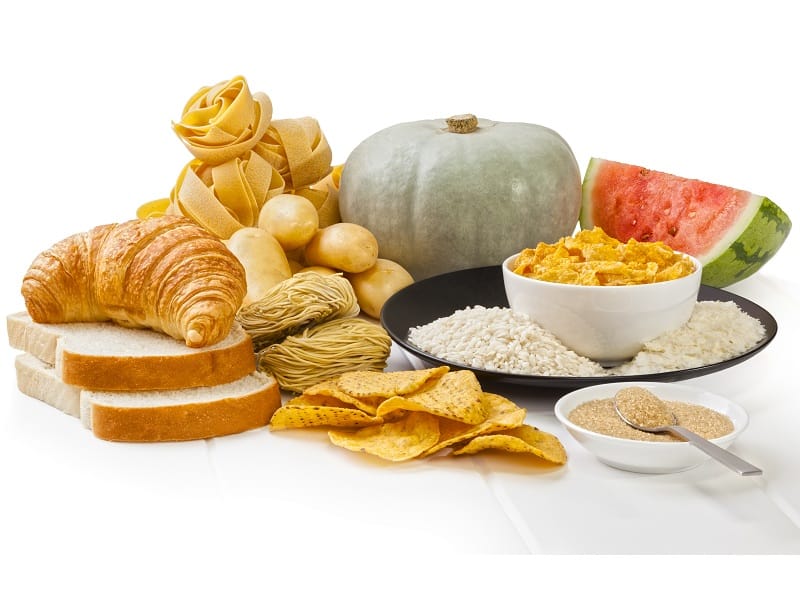Carbohydrates In our Diet – The Glycaemic Index

Why do these different carbohydrates affect us differently? It all comes down to science. In 1980, Dr. David Jenkins at the University of Toronto got a team of colleagues together and started doing research on different foods and how they affected patients with diabetes. They started measuring patients’ blood sugar after eating various foods to find out
How much each gram of available carbohydrates in the different foods would cause it to rise. They then compared the blood sugar spike from each food relative to the effect pure glucose, and they would give it a rating on a scale from one to 100. They called this the Glycaemic Index (GI) and it is still widely used today to help consumers understand how different carbohydrates will affect their bodies.
It’s not a perfect system, as the amount of food eaten must be taken into consideration, and it does not measure insulin production. For example, some foods may share the same Glycaemic Index rating, but could vary greatly in their ability to cause the body to produce insulin. Only foods and beverages that contain carbohydrates are given a GI value, since carbohydrates have the biggest effect on blood sugar. Studies have shown that low-GI foods are more satiating than high-GI food. It is a good guide for those who are trying to control their blood sugar and eliminate spikes and crashes.

Generally speaking, anything that is made with white flour or sugar, including pretzels, crackers, bread, cereal, cookies, cakes, and candy, all have high scores on the Glycaemic Index. The higher the score, the more quickly the food releases glucose into the bloodstream. Lower Glycaemic Index foods include many high-fibre foods like beans, legumes, vegetables, whole grains, and seeds. Those are the carbohydrates you want more in your diet in order to keep your blood sugar steady.
You may also have heard about “glycaemic load” as you start to research diets and healthy foods. This is slightly different than the Glycaemic Index although it is closely related. A food’s glycaemic load simply refers to how much carbohydrate is in the food compared to how much it raises blood sugar. A great example to illustrate glycaemic load is watermelon. Watermelon has a high Glycaemic Index score because one gram of carbohydrate in watermelon increases blood sugar pretty significantly. That said, there simply are not many grams of carbohydrate in watermelon – it’s mostly water. Therefore, the glycaemic load is low. Someone who is monitoring their blood sugar can safely eat some watermelon, despite the fact that it has a high Glycaemic Index score.
For now I would suggest not to worry too much about glycaemic Load but instead just focus on GI of foods that you consume to achieve your results. Simply avoid foods that have high GI or minimise it as much as possible.
This will be continued in our next discussion, until then, hope you are following these practises. If you apply above, you will definitely see positive results.

Written by
Manoj Kumar

